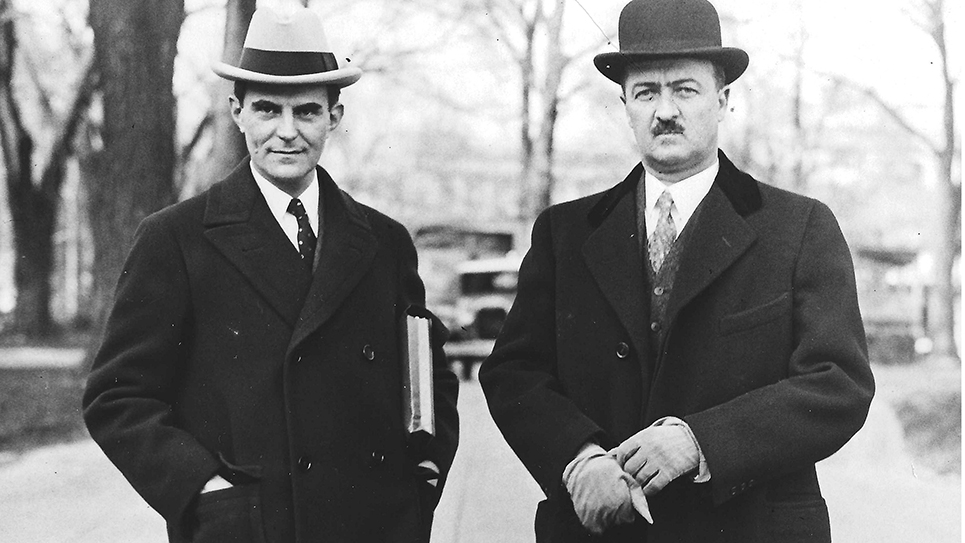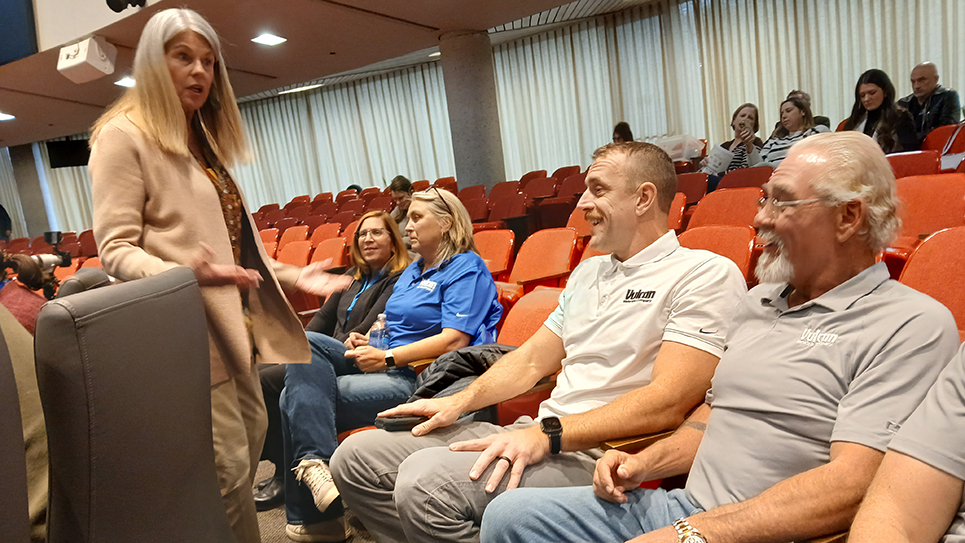Taking historic Highway 25W through the mountains
A Day Away By Mike Steely
Before the construction of I-75 through the mountains between Caryville and Jellico, Tennessee, most of the traffic heading north and south took Highway 25W. When the interstate north or south is closed, auto and truck traffic is often shifted to the old highway and travelers can easily see the need for the interstate.
But for many of us, a trip along Highway 25W is a lesson on the history of that region. Some of us learned to drive along that winding and twisting two-lane route. My wife recalls her family passing through the route headed to Florida when she was a child.
So, come with me along the route headed north and I’ll point out some interesting and historic sites. But watch the road carefully because it’s a scary trip sometimes.
From Knoxville, if you take I-75 to Hwy 25W at the Caryville exit and proceed right you’ll pass Cove Lake State Park, built during the construction of Norris Dam. The large park has a pool, restaurant, hiking trails and a campground.
Just northwest of the park you’ll come to Jacksboro, the Campbell County seat. It’s a little town with a courthouse, jail, and lots of law offices. The town is a bit off the road but circles back to the highway on the western end.
To the north of Jacksboro is Eagle Bluff, a high gap that once carried the Old Kentucky Road long before highways. Between Highway 25W and the bluff is the Eagle Bluff Indian Mound, located in the middle of a subdivision. One of the local pioneers is said to be buried in the mound.
Beyond Jacksboro, you will pass several shopping centers and businesses until you enter LaFollette. Harvey and Grant LaFollette acquired 37,000 acres around 1890 and established a coal, iron and railroad company. The largest town in Campbell County, LaFollette was incorporated in 1897. Today LaFollette is the corporate center of the county.
Highway 25W swings left and passes through the historic Big Creek Gap, which LaFollette was once called. During the Civil War, the North and South fought two battles there and Union troops succeeded in pushing the Confederates south before moving on to capture Cumberland Gap to the east.
You can easily see why the Confederates barricaded and patrolled the gap, where tall bluffs overlook the stream below.
From there headed north you enter the East Tennessee coal fields and the road winds and climbs and drops through several former coal mining camps and towns. Coal was discovered there before the Civil War and, following the conflict, numerous coal camps were established. Highway 25W passes by or through many of these formerly active communities. Just north of LaFollette are the communities of Duff, Habersham and Morley.
The road enters Pine Mountain at the intersection of Stinking Creek Road and follows the bluff side all the way to Morley. It’s beautiful but twisting. You could turn at Morley towards Middlesboro, Kentucky, and pass through many other East Tennessee coal towns like Clairfield, Talleytown and Pruden.
But let’s stay on Highway 25W and head north. After more twisting and winding, you’ll come to what is known as the Jellico Narrows. Between the highway and the bluffs to the right are the rushing waters of Clear Fork Creek. Across the way, on the right, is the mysterious Primroy Hollow. A huge bluff, known as Raven or Indian Face Rock, overlooks the valley and the area was known for treasure hunts by early and later residents.
Just beyond the bluff, you’ll pass a historic marker at Sandy Beach telling of a deadly train wreck there during World War II and there’s a huge boulder in the creek that marks the wreck site.
On up the road, you’ll pass the bridge over to the High Cliff Community, where a historic pioneer road once led travelers across the mountain from Primroy Hollow, past a natural bridge, and down to the community.
Just a couple of miles up the road you’ll come to the north end of Jellico and you can double back from there and return to Knoxville along I-75. While in Jellico you may like to see its 1880s buildings, Indian Mountain State Park or the little museum downtown.
As you head back to Knoxville, you’ll see the need for the interstate and the amount of time it saves drivers.






